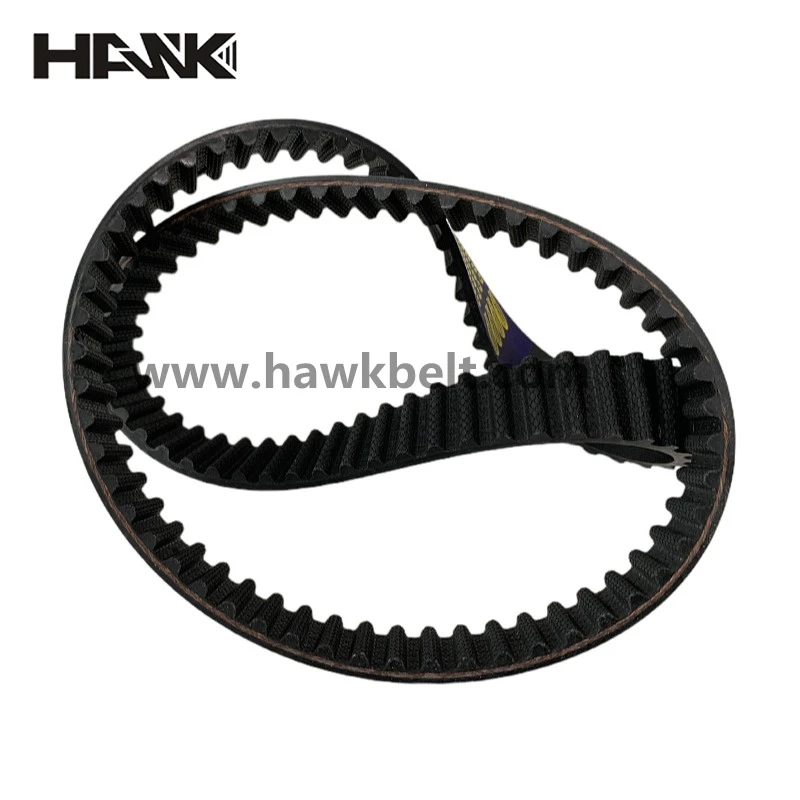- Arabic
- French
- Russian
- Spanish
- Portuguese
- Turkish
- Armenian
- English
- Albanian
- Amharic
- Azerbaijani
- Basque
- Belarusian
- Bengali
- Bosnian
- Bulgarian
- Catalan
- Cebuano
- Corsican
- Croatian
- Czech
- Danish
- Dutch
- Afrikaans
- Esperanto
- Estonian
- Finnish
- Frisian
- Galician
- Georgian
- German
- Greek
- Gujarati
- Haitian Creole
- hausa
- hawaiian
- Hebrew
- Hindi
- Miao
- Hungarian
- Icelandic
- igbo
- Indonesian
- irish
- Italian
- Japanese
- Javanese
- Kannada
- kazakh
- Khmer
- Rwandese
- Korean
- Kurdish
- Kyrgyz
- Lao
- Latin
- Latvian
- Lithuanian
- Luxembourgish
- Macedonian
- Malgashi
- Malay
- Malayalam
- Maltese
- Maori
- Marathi
- Mongolian
- Myanmar
- Nepali
- Norwegian
- Norwegian
- Occitan
- Pashto
- Persian
- Polish
- Punjabi
- Romanian
- Samoan
- Scottish Gaelic
- Serbian
- Sesotho
- Shona
- Sindhi
- Sinhala
- Slovak
- Slovenian
- Somali
- Sundanese
- Swahili
- Swedish
- Tagalog
- Tajik
- Tamil
- Tatar
- Telugu
- Thai
- Turkmen
- Ukrainian
- Urdu
- Uighur
- Uzbek
- Vietnamese
- Welsh
- Bantu
- Yiddish
- Yoruba
- Zulu
Oct . 21, 2024 17:22 Back to list
Understanding the Types and Benefits of Timing Belt Materials in Automotive Applications
The Importance of Timing Belt Materials in Engine Performance
The timing belt is a crucial component in an internal combustion engine, playing an essential role in synchronizing the rotation of the crankshaft and camshaft. This synchronization is vital for ensuring that the engine's valves open and close at the correct times during each cylinder's intake and exhaust strokes. However, the effectiveness and longevity of a timing belt significantly depend on the materials used in its construction. In this article, we will explore the various materials used for timing belts, their properties, and how they affect engine performance.
Common Materials Used in Timing Belts
The most commonly used materials for manufacturing timing belts include rubber composites, polyester, and fiberglass. Rubber composites are often the primary material due to their flexibility, durability, and resistance to wear and tear. This material is typically reinforced with fibers to enhance its strength and prevent stretching over time.
Polyester is another popular choice, known for its ability to resist heat and maintain dimensional stability. Many timing belts also integrate fiberglass, particularly in the tooth sections, to provide additional strength and prevent the belt from elongating under tension. Each of these materials contributes to the overall performance of the timing belt, making it capable of handling the stresses imposed by the engine's operation.
Properties of Timing Belt Materials
1. Durability One of the most critical factors in timing belt materials is their durability. Timing belts endure high levels of mechanical stress and heat. Thus, materials must be able to withstand these conditions without breaking down. High-quality rubber composites, for instance, are designed to last several years, even in demanding environments.
2. Temperature Resistance Engines operate at high temperatures, and the materials used in timing belts must be able to withstand extreme heat without degrading. Polyester and specialized rubber compounds that can endure higher temperatures are essential for maintaining belt integrity over time.
timing belt material

3. Flexibility and Strength The ability to bend and flex without breaking is vital for a timing belt. The materials used must combine flexibility with tensile strength, allowing the belt to manage the constant movement within the engine without failure.
4. Noise and Vibration Dampening High-quality timing belts can also help minimize noise and vibrations within the engine. This is particularly important in modern vehicles, where driver comfort is a significant consideration.
The Impact of Material Quality on Engine Performance
The choice of timing belt material can significantly impact overall engine performance and longevity. A high-quality belt made from superior materials can maintain optimal synchronization between engine components. This, in turn, ensures efficient combustion, improved fuel efficiency, and reduced emissions.
On the other hand, using inferior materials can lead to premature wear and failure of the timing belt. A failing timing belt can cause severe engine damage, including bent valves, damaged pistons, and, in some cases, complete engine failure. Therefore, selecting the right timing belt for a vehicle is crucial not only for immediate performance but also for the long-term health of the engine.
Conclusion
In summary, the materials used in timing belt construction play a pivotal role in determining their performance and durability. With advancements in material science, manufacturers are now able to produce timing belts that withstand the rigors of modern engines more effectively than ever before. As a vehicle owner, understanding the importance of timing belt materials can help you make informed decisions about maintenance and replacement, ultimately leading to a more efficient and reliable engine. By prioritizing high-quality materials in timing belts, you safeguard your engine from potential failures and ensure optimal performance for years to come.
-
Upgrade Power Steering Pump Belt for Smooth, Quiet Operation
NewsAug.27,2025
-
Precision Timing Belt & Chain: Engine Performance & Durability
NewsAug.26,2025
-
Precision Lathe Drive Belts: Durable & Reliable Performance
NewsAug.25,2025
-
84.5 Serpentine Belt: Durable & Precision Fit for Your Engine
NewsAug.24,2025
-
Premium Ribbed Drive Belts for Quiet Power Transmission
NewsAug.23,2025
-
High-Performance Vehicle Timing Belt for Engine Precision
NewsAug.22,2025

